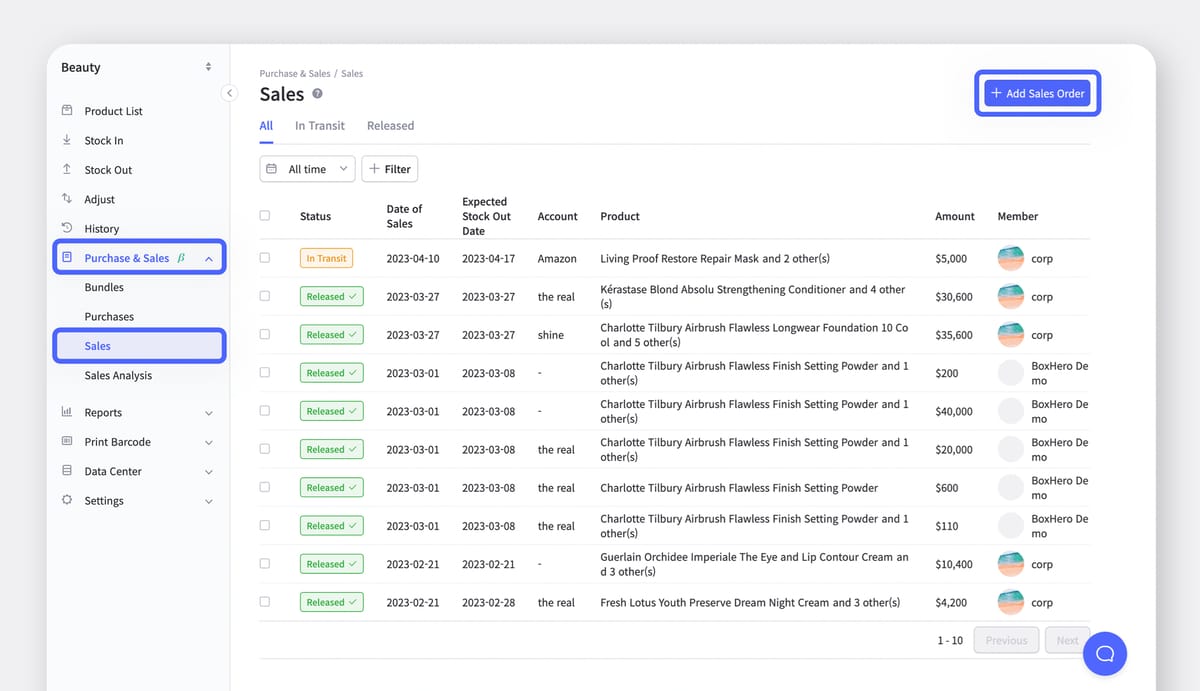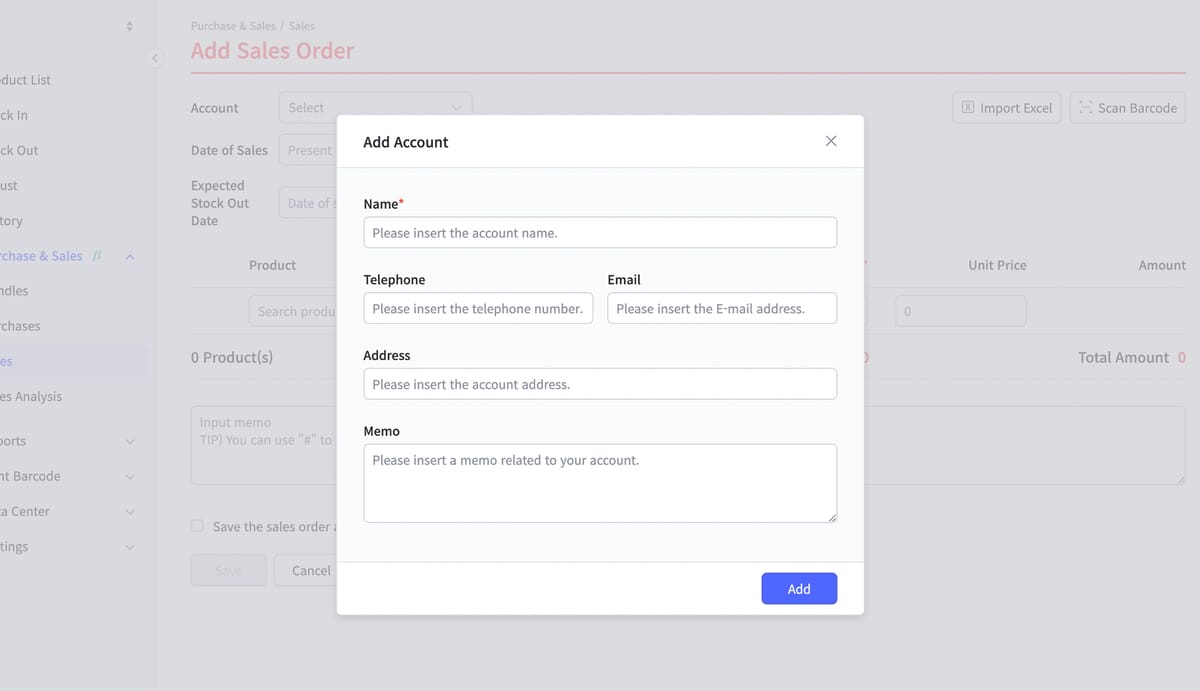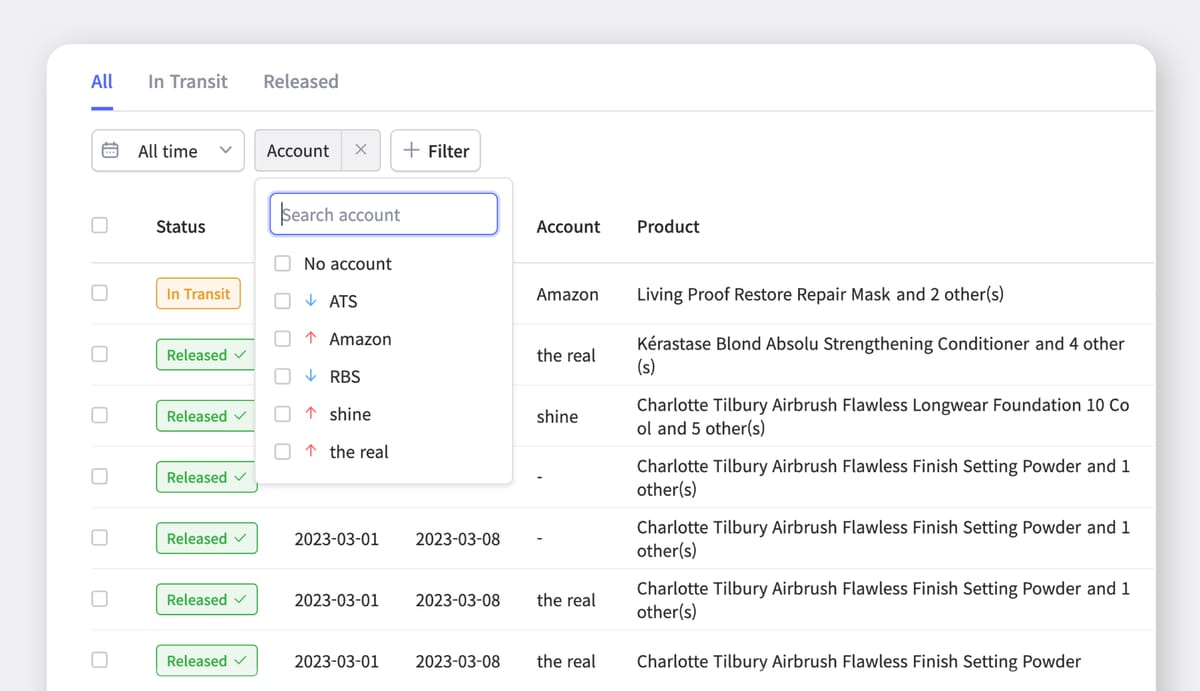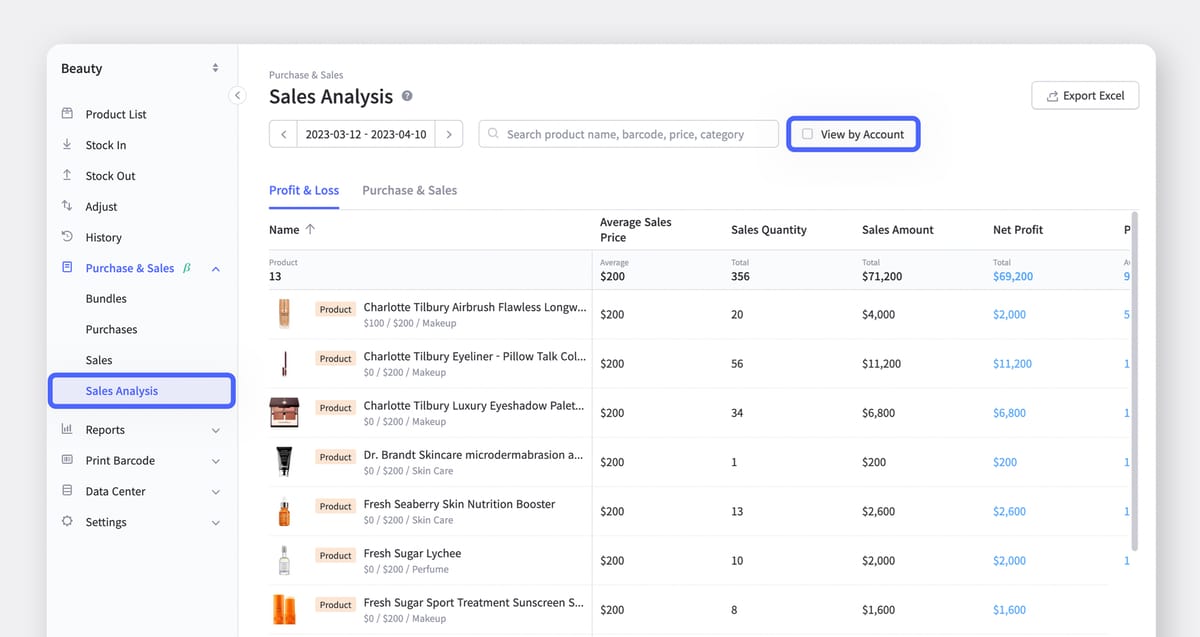4 Types of eCommerce Marketplace & How to Manage Profit Margin
In today's online business landscape, selling on multiple channels is key to increasing sales. BoxHero offers guidance on online sales channels: open, closed, hybrid, and vertical markets. The sellers should manage unit pricing per channel, keeping in mind that each has different sales commissions.

We are currently in the age of online entrepreneurship, where more and more people are venturing into online business as anyone can easily sell their products online. Various sales channels perform the role of online stores, selling products in the online environment. Sellers can increase their sales by selling simultaneously on multiple online channels.
So, what are the types of online sales channels? And what should sellers consider when selling their products on multiple online channels? BoxHero offers guidance on the types of online sales channels and the necessary management strategies for unit pricing that novice sellers must keep in mind when engaging in multi-channel sales.
4 Types of Marketplaces and Examples
There are two main categories of online sales channels: those that sell products by category, and those that sell products in only one category. The former includes open market, closed market, and hybrid marketplaces, while the latter refers to the vertical marketplace.
A hybrid marketplace is a type of online marketplace that collaborates with physical stores or traditional retailers. Prominent examples of such marketplaces are Walmart, Best Buy, Bloomingdale's, and Nordstrom. Hybrid marketplaces facilitate the sale of third-party products as well as direct sales from brands or authorized sellers. Although they may have stringent entry requirements, these marketplaces offer an advantage in that they have fewer competing companies, thereby making it easier to sell products.
An open marketplace is a type of online marketplace that is accessible to anyone without restrictions, allowing anyone to establish an online store by paying a sales commission. This type of marketplace accommodates not only brands but also small businesses and individual entrepreneurs. Representative examples include Amazon, Etsy, Ali Express, and eBay. While the entry process is relatively simple, it can result in intense competition among sellers. Therefore, sellers on open marketplaces must continuously devise strategies to distinguish themselves from their competitors.

A closed marketplace sells various categories of items but restricts access to sellers, buyers, or both. Farfetch, restricting sellers to only luxury brands, and GSA Advantage, the online marketplace open to government buyers and pre-approved sellers are examples of closed marketplaces. In contrast to open marketplaces, closed marketplaces require sellers to navigate additional regulations and bureaucratic procedures. However, the effort is often justified by the opportunity to access a trusted and receptive customer base.

A vertical marketplace is a platform that specializes in a particular product or service category, often with a narrow focus on a specific industry or niche. Examples of vertical marketplaces include Zillow (real estate marketplace), Houzz (home decor products), and Cars.com (automobile marketplace) to name a few. These marketplaces aim to provide more focused and tailored shopping experiences for customers and connect them with relevant and specialized sellers.
Effective management of unit prices across multiple sales channels
Selling products through various channels provides more opportunities to reach a larger consumer base. However, some sellers may suffer losses from selling their products through these channels. The primary cause of such losses is the failure to factor in sales commissions when pricing their products.

Selling the same product at the same price on a hybrid marketplace that charges a 25% commission and an open marketplace that charges a 3% commission would likely result in lower profit for the hybrid marketplace, even with the high sales volume. In such cases, the seller should set the price higher at the hybrid marketplace than that at the open marketplace. Customers who favor trustworthy sales channels tend to purchase products at a higher price in a hybrid marketplace than in an open market. Sales commissions, purchase costs, and shipping fees are all significant factors that impact pricing. Thus, it is crucial to factor in the commission of each sales channel to calculate the product margin.
After setting sales prices by the commission, sellers face the additional challenge of adjusting prices by channel for each order they receive, which can be cumbersome. However, using BoxHero's Purchase & Sales features, sellers can avoid this issue. They can apply different prices by sales channel and ship products accordingly, simplifying the process.

To create a sales order on our platform, simply click on the + Add Sales Order button located at the top-right corner of the Sales tab. Once you are directed to the sales order page, you can set individual prices for each item per customer and dispatch them accordingly. Set the relevant channel as the customer and proceed to put in the required product quantity and price.

Add Account from the Account dropdown menu on the Add Sales Order page.
You can access the created sales orders from the list on the Sales page. To review sales orders by channel, select the Filter then, Account . Please take note that the blue arrow pointing downwards in the account filter indicates the customer, while the red arrow pointing upwards represents the supplier. Hence, a red arrow pointing upwards will be displayed in front of the sales channel since it's registered as a customer.

Detailed sales channel performance can be reviewed on the Sales Analysis page. To analyze the sales volume, revenue, and net profit by channel for a specific period, click the View by Account checkbox in the upper right corner. Hover over each analysis column and sort the results in ascending or descending order to review and identify which channel is underperforming in sales.
The price adjustment feature of BoxHero is beneficial not only for managing unit prices by channel but also for temporarily discounted prices for events. You can make immediate changes to the sales price of products that need to be sold cheaper in the evening than in the morning due to approaching expiration dates.
Effective management of unit prices by sales channel can be overwhelming. Nonetheless, making the right pricing decisions is a vital element that can affect your business's profitability. Enhance your business revenue by setting product prices that factor in sales commissions and experience easy and seamless unit price management with BoxHero.